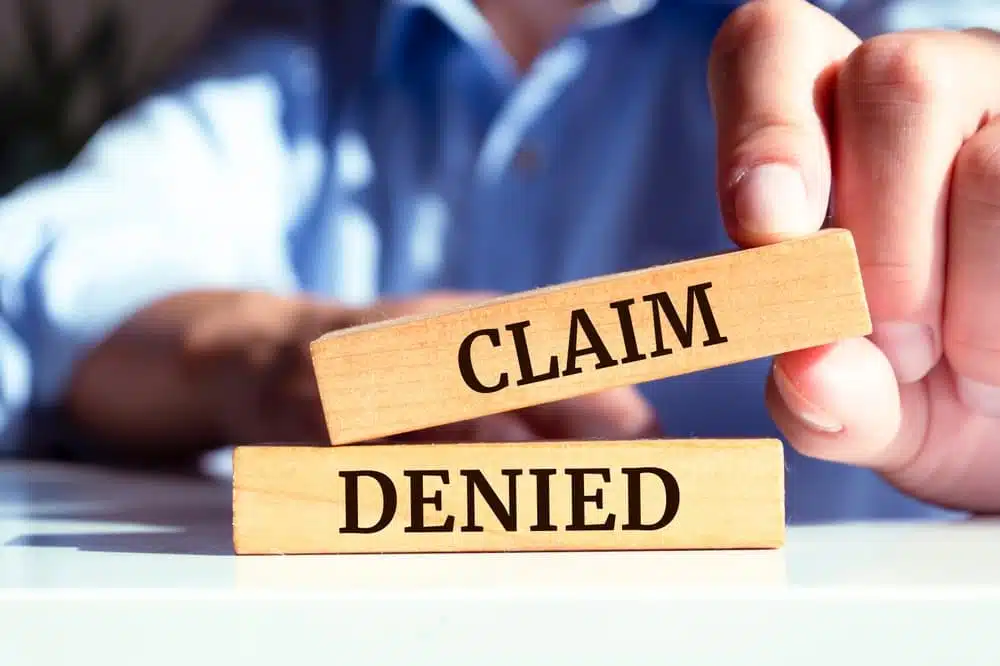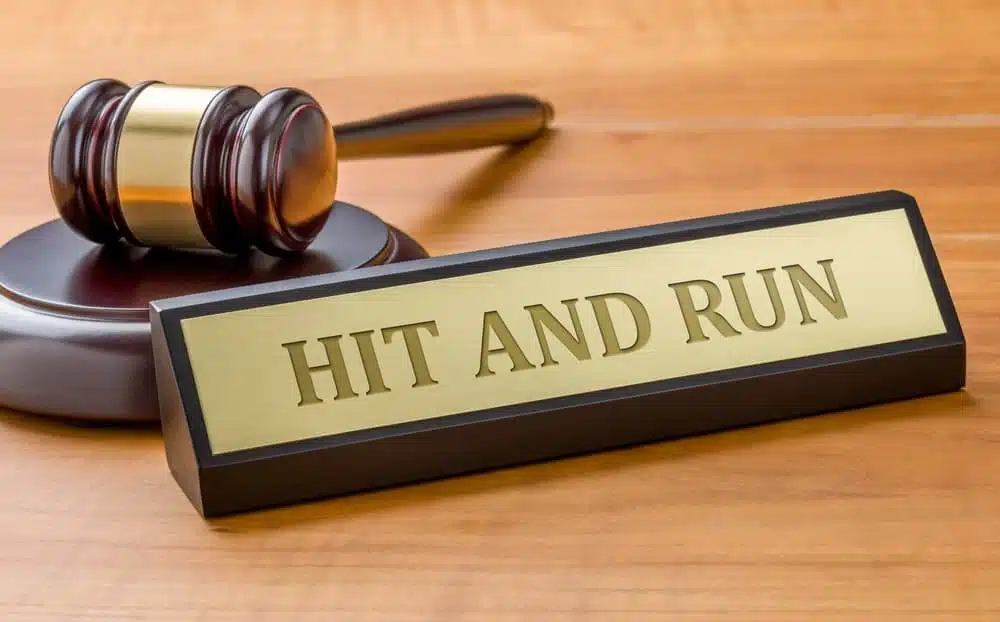
When a car and a bicycle collide, the resulting trauma can be life-altering. Bicyclists are among the most vulnerable on the road, with their safety often hinging on the care taken by drivers of motor vehicles. Yet, in far too many instances, drivers fail to respect the presence of cyclists, leading to serious accidents. While some may erroneously assume that the cyclist might be at fault, thorough legal investigations often reveal driver negligence as the underlying issue.
The aftermath of such collisions is not just a tangle of broken equipment and injuries—it is a web of questions, blame, and uncertainties, highlighting the need for an experienced bicycle accident lawyer to pursue justice.
Roads are meant to be shared by all users, including bicyclists, drivers, and pedestrians. However, drivers of motor vehicles wield a disproportionate amount of power due to the size, weight, and speed of their vehicles. This power comes with a heightened responsibility to exercise care and vigilance while driving. Even a small lapse in attention or judgment can result in catastrophic harm to more vulnerable road users like cyclists.
Drivers are legally required to follow traffic laws designed to protect everyone. They must yield when appropriate, remain vigilant in high-risk areas, and account for the unique challenges that cyclists face on the roads. Unfortunately, when accidents happen, it is often a car driver’s failure to follow these rules—not a cyclist’s behavior—that is to blame.
Common Driver Errors Leading to Bicycle Accidents
Many types of automobile-related negligence increase the risk of collisions between motor vehicles and bicycles. Below are some of the most common scenarios where driver mistakes or negligence result in devastating accidents for cyclists.
Failure to Yield
Bicycles have rights on the roadway, and drivers are required to yield to them in many scenarios. Unfortunately, this responsibility is often overlooked. For example, drivers making turns frequently disregard the presence of cyclists. “Right hooks,” where a driver turns right into the path of a cyclist traveling straight, are a particularly prevalent example.
Such failures to yield are deeply problematic because they violate basic traffic laws and place cyclists at great risk of injury. The resulting crashes often have devastating consequences, including severe physical injuries and emotional trauma.
Distracted Driving
Distracted driving is an epidemic on today’s roads. Whether caused by texting, adjusting a GPS system, or even eating while driving, distractions take the driver’s attention off the road and reduce their ability to react to changing conditions. Cyclists often suffer due to this lack of awareness, particularly in situations where drivers fail to notice them when merging, turning, or navigating busy intersections.
It is not the cyclist’s job to make themselves more visible. It is the driver’s duty to remain alert and aware of everyone in their surroundings. Failure to do so is inexcusable and often has life-threatening consequences.
Excessive Speeding and Reckless Driving
Speeding reduces reaction times and increases the severity of collisions. When a car strikes a bicycle at high speeds, the scale of the injuries is almost always catastrophic. Reckless driving actions, such as weaving between lanes or tailgating, create additional risks, leaving cyclists with little room to maneuver safely.
These behaviors are wholly preventable if motorists simply drive responsibly and treat cyclists with the respect they deserve.
Blocking Bike Lanes or Crosswalks:
When drivers double-park or stop their cars in bike lanes or on crosswalks meant for pedestrians and cyclists, they create hazards. Cyclists must suddenly navigate around the obstructing vehicle and often do so at risk to their safety. If, in the process of maneuvering around an illegally parked car, the cyclist collides with another car, the real source of danger is the car driver who failed to follow parking and traffic regulations.
“Dooring” Accidents
Dooring occurs when a driver or passenger opens a car door into the path of an oncoming cyclist. These accidents are not only dangerous but entirely preventable if drivers and passengers exercise minimal caution by checking their surroundings before exiting a vehicle. Despite this, dooring remains a persistent hazard for urban cyclists and has serious consequences, including broken bones, head injuries, and long-term physical limitations.
For a bicyclist involved in a collision with a motor vehicle, the challenges in the aftermath can be as overwhelming as the accident itself. Dealing with injuries, mounting medical bills, and the emotional toll of the experience can feel like an uphill battle, even before factoring in the complications of navigating insurance claims or legal processes.
Dealing with Insurance Companies
Insurance companies for drivers often try to minimize their financial responsibility. They may argue that the bicyclist should have been more careful, even when the facts of the case point to the driver’s negligence. Injured cyclists should be aware that insurance adjusters often look for ways to reduce or deny a claim. They might attempt to claim that the cyclist was not paying attention, or that the cyclist took an unsafe action—even if the evidence suggests otherwise.
This dynamic makes it crucial for injured cyclists to seek legal guidance. After consulting an attorney, reporting the accident to the appropriate parties and pursuing a claim can be done correctly and in a way that preserves the victim’s rights. Knowledgeable lawyers understand how insurance companies operate and how to counter their tactics. They know how to present a strong case that clearly establishes the driver’s fault, backed by evidence, legal research, and expert testimony when needed.
Establishing Fault and Liability
Fault in a bicycle-car collision is determined through the principles of negligence. Drivers have a legal duty to operate their vehicles with care and to respect the rights of all road users. In many jurisdictions, there are specific laws designed to protect cyclists. Drivers are required to:
- Check blind spots before changing lanes or turning.
- Give cyclists adequate space when passing.
- Abide by all traffic signals and signs.
- Adjust driving behavior in poor conditions, exercising even greater caution around vulnerable road users.
- Not engage in aggressive driving tactics that might endanger cyclists.
When a driver breaches this duty by acting carelessly—failing to yield, not checking mirrors, driving distractedly, ignoring bike lanes—they become negligent.
To hold a driver legally accountable, it must be shown that their negligence caused the bicyclist’s injuries. In other words, if the driver had not acted improperly, the cyclist would not have been hurt. Even if the cyclist’s front wheel physically struck the car, the collision can still be the direct result of the driver’s negligence.
Conducting Thorough Investigations
Determining who is truly at fault in a bicycle-car collision often requires a detailed investigation. Physical evidence, witness statements, police reports, traffic camera footage, and expert analysis can all come into play. A careful review of these details may reveal that, while the bike hit the car, the driver’s actions triggered the dangerous chain of events.
For example, accident reconstruction experts can analyze skid marks, the point of impact, the angle of collision, and speeds to determine what really happened. Did the cyclist have sufficient time to react? Did the driver fail to check a mirror before opening a car door into a bike lane? Did the driver’s sudden turn violate the cyclist’s right of way? By piecing together these clues, it becomes clear that fault is not always as simple as who hit whom.
Securing Full Compensation
The injuries sustained in bicycle accidents are often severe, from fractures and head injuries to spinal damage and internal injuries. These injuries incur significant medical costs, lost wages, and emotional suffering. No one should have to shoulder these burdens alone when a driver’s negligence is to blame.
By pursuing legal action, you can seek compensation that covers not only immediate financial losses but also long-term costs such as ongoing medical care and rehabilitation. Victims deserve nothing less than full and fair compensation to help rebuild their lives.
How Attorneys Can Help Establish Fault
Establishing fault in a bicycle-car collision case is not a task most individuals want to tackle on their own. Attorneys play a pivotal role in helping injured cyclists navigate this challenging process. Here are some of the ways a lawyer can assist:
Collecting and Preserving Evidence:
Attorneys can promptly gather police reports, interview witnesses, obtain traffic camera footage, review medical records, and work with accident reconstruction experts. They know which types of evidence are essential and how to secure them before memories fade and physical evidence disappears.
Analyzing Applicable Traffic Laws:
The rules governing bicyclists and motorists vary by state and locality. Lawyers are familiar with these laws and can identify which ones apply to the accident at hand. By demonstrating how the driver violated traffic rules, an attorney can provide a solid legal foundation for holding the driver accountable.
Countering Insurance Company Arguments
Insurance adjusters often try to shift blame to the cyclist. Experienced attorneys anticipate these arguments and prepare comprehensive responses. They may bring in expert witnesses, produce detailed accident reconstructions, and highlight the driver’s negligence to ensure that the injured cyclist’s claim is taken seriously.
Handling Legal Procedures and Deadlines
Personal injury claims involve legal documentation, strict deadlines, and complex procedures. Attorneys take on the heavy lifting of filing claims, meeting court-imposed timelines, and negotiating with the other side—all while keeping their clients informed and involved in the decision-making process.
Advocating for Maximum Compensation
An attorney’s goal is to help the injured cyclist recover the compensation they deserve. This may include not just the cost of current medical bills but also future medical expenses, lost earning capacity, pain and suffering, and emotional distress. By building a persuasive case and taking it as far as necessary—whether through settlement negotiations or a courtroom trial—an attorney fights for the victim’s best interests.
How to Begin the Process After an Accident
The steps taken immediately after a collision can significantly impact a victim’s ability to recover damages. If you are the victim of a bicycle-car accident, seek medical care immediately and consult an attorney for personalized guidance. It’s important to avoid giving statements to insurance companies before obtaining legal advice, as anything you say can potentially be used to devalue your claim.
Collecting evidence—such as photos of the scene, vehicle damage, and visible injuries—can also be valuable. Above all, prioritize your well-being and allow legal professionals to focus on the complexities of your case.
The Rothenberg Law Firm Accident and Injury Lawyers: Pursuing Justice for Victims
The question, “Who is at fault if a bicycle hits a car?” may seem straightforward, but the truth is more complex. A bicycle colliding with a car does not automatically mean the cyclist is at fault. More often than not, the negligence or recklessness of the driver is what set the stage for the crash. Drivers owe a duty of care to all road users, including bicyclists. When they fail to uphold this duty and cause harm, they must be held accountable.
If you or a loved one has been injured in a bicycle accident involving a car, do not assume you have no recourse. With the right legal help, you can uncover the truth, prove the driver’s negligence, and secure the compensation you need to rebuild your life. Contacting an experienced personal injury attorney at The Rothenberg Law Firm Accident and Injury Lawyers is the first step in this process.
For over 50 years, the attorneys at The Rothenberg Law Firm Accident and Injury Lawyers have been staunch advocates for injury victims. We have successfully secured billions of dollars in compensation for our clients, offering both legal knowledge and heartfelt compassion during the most challenging times in their lives. We believe every case deserves meticulous attention and tireless advocacy, and we will not hesitate to take cases to court to ensure fair compensation.
If you or a loved one has been injured in a bicycle collision, don’t face the aftermath alone. Contact us today at (800) 624-8888 or through our online form for a free, no-obligation consultation.



